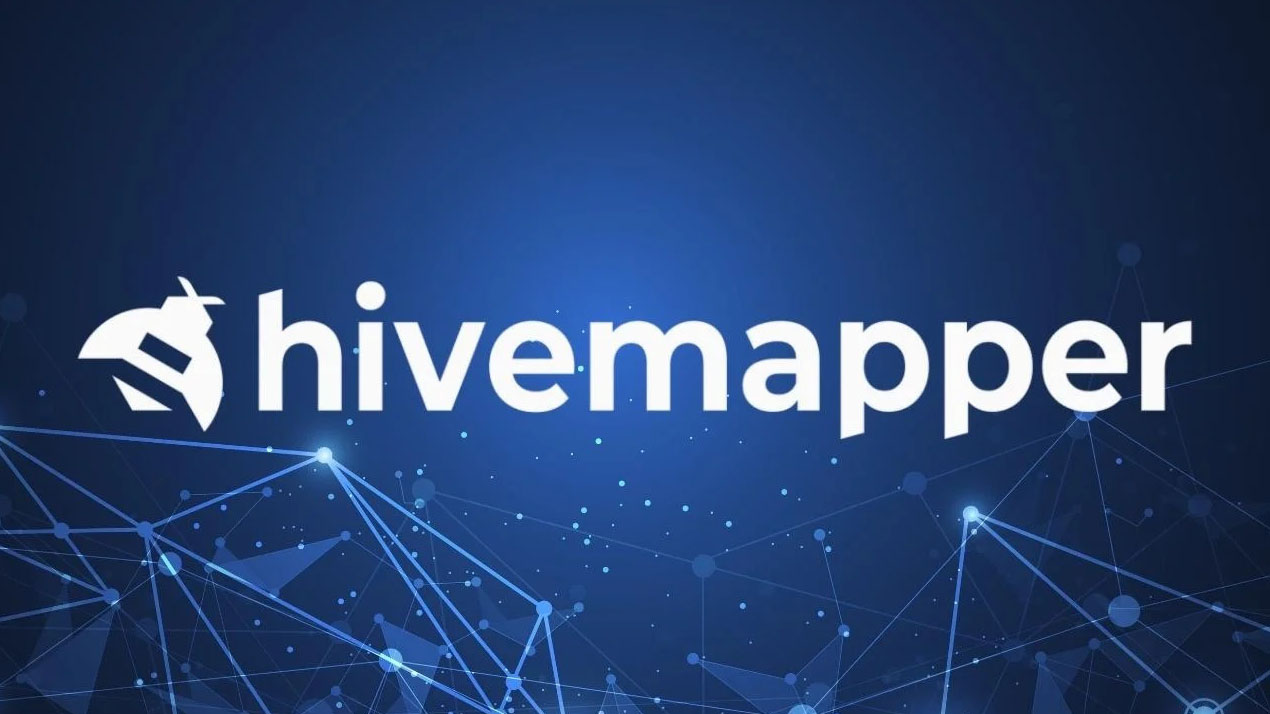HiveMapper aims to bring decentralization and community involvement to recapture a $300B market, mainly controlled by monopolistic competitors like Google. Hivemapper has created its proprietary dashcam, which leverages Helium networks LoRa low-frequency wireless service to accomplish this feat.
The mapping industry touches almost every single industry in current existence, e.g., Uber and DoorDash utilize it constantly. To tap into the power of these mapping systems and improve upon them, HiveMapper has also created its own set of APIs. For Example, trucking companies do not use the same turn-by-turn location GPS service for their travels… A dApp can build on top of HiveMapper to build a more specific API for these companies.
Alongside their proprietary dashcam devices and APIs, HiveMapper is creating a decentralized economy centered around its native token $HONEY. To encapsulate and solve the full breadth of this problem they are trying to solve, HiveMapper is taking a three-pronged approach to build an everlasting product used by millions, potentially billions of people. Using $HONEY as an incentive for drivers, map annotators, and software developers, HiveMapper hopes to reward contributors to its platform who provide and facilitate:
- Mapping Data Quality
- Map Freshness
- Map Coverage
Like Helium created the necessary infrastructure to power the next generation of internet systems and services, HiveMapper is laying the groundwork for other Dapps to build on top of its mapping system to create a mapping economy that can create decentralized product equivalents of DoorDash, Uber, and Yelp.
Watch Moon Mission, Ian Balina, presents his next potential 100x pick based on fundamental analysis.
Market Size
The market size is approximately $300B, with Google Maps controlling 67% of the market. According to multiple news sources, CNBC and Pew Research, approximately 16% of Americans have invested or used cryptocurrency in the past. With these two figures, we can more easily approximate the general size of the actual target market HiveMapper to be closer to $48B currently but will expand as crypto becomes more mainstream.
The potential of HiveMapper to capture 16% would depend on the ecosystem partners who further build out user-friendly applications via the provided infrastructure. HiveMapper was founded by Ariel Seidman, a previous product manager at Yahoo who got out-competed by Google in the early days of mapping technology. Built utilizing the Helium network and the incredible performance of Solanas blockchain – HiveMapper aims to incentivize both users and businesses to use their crypto-native solutions for their mapping needs.
Compounding
$HONEY is fixed to 10 billion tokens with an aggressive deflationary schedule
- Ecosystem partnered projects generate traction for the underlying $HONEY token as more DAPPs use their base infrastructure
- Revenue/Sales from DashCam, industry-standard net margin across software/ internet companies comes in at 50% – (DashCams start at 549$).
- Prioritization of specific regions via community-driven motives – e.g., citizens of a particular region are becoming more knowledgeable about crypto, and they want to incentivize their city to be run on HiveMapper first
- To enter the network and become a mapper, one has to put up a specific amount of $HONEY – ensuring network coverage and oversaturation.
Tokenomics
Earning Honey:
Map Coverage
- Annotation Rewards: Map editors who add extra features to maps will also earn HONEY tokens (substantially less than those who drive and map) – features include, e.g., construction signs/street names. New map editors will not be allowed to make large numbers of map edits until their quality score is trusted.
- Map Consumption Rewards: Drivers who contribute to the mapping/destination of another user’s route via their prior mapping get rewarded fairly, with the most rewards going to the user who re-captured the route most recently.
- Team Awards: B2C, Individuals can be incentivized by a customer to map the entirety of a region, in which case, rewards are distributed evenly. (e.g., the city of Manila incentivizes the coverage of the entirety of its map, every driver who contributes gets a split)
- Route Novelty / Region Multiplier: More dynamic Regions will experience a region multiplier effect where rewards are throttled based on a specific threshold of population/growth (e.g., up-and-coming regions will theoretically receive more rewards). Route Novelty consists of alternative paths to the same destination, rewarding the road less traveled.
Map Freshness
- Freshness Multiplier: How are the maps going to stay dynamic?
Stale locations or tiles can incentivize more coverage via three methods:
- Drivers spend Honey to increase the total rewards for a particular area they frequent.
- Public transportation flags a quick refresh for accident/disaster needs.
- Contributors report issues that close roads – tied to a reputational system to prevent the abuse of the system.
Mapping Quality
- Quality Assurance Steps
- QA TAX: Users with higher contributor reputation scores earn more of the entire amount of tokens they create; drivers with bad reps end up with higher tax % of earnings until proven otherwise.
- QA Rewards: reviewers receive rewards based on the contributions drivers submit, sent to multiple reviewers this ensures the highest quality of maps available.
- Annotation QA rewards: reviewers receive rewards based off the contributions annotators submit, sent to multiple reviewers this ensures the highest quality of maps available.
- Contributor Reputation Score: begins neutral.
- Data Usefulness: rewards will be dependent on the following factors for contributors.
- Issues in setup / Unusable data(nighttime conditions) / Intentional spam.
- Clarity of View: External dashcam vs. internal imagery with clearer views will get prioritized and will earn a higher multiplier.
Assumptions
Until the product grows to the useable capacity majority of drivers will still rely on google maps, apple maps, or other established applications for their mapping service until HiveMapper can prove more reliable. This means the company needs a sizeable runaway to facilitate the rewards of contributors during this period as the internal economy is still developing.
Utilizing the Helium network has great benefits which overarch HiveMappers values, utilizing their LoRa mechanism is not dependent on HNT only.
HiveMapper is not aiming to compete with Google Maps or Apple Maps as applications; they are not planning on creating an app to get you from point A to point B.
The system they have created is specific to contributors who want to assist in the mapping process, e.g., the only navigation tool they provide is alternative routes that they need more coverage on which are on your route. This doesn’t mean there won’t be a navigation app using HiveMapper, but by design, they do not offer such service from the get-go as they aim to build this infrastructure out first.
HiveMapper suggests that drivers (mappers) use their dashcams externally, but they failed to make them waterproof or even water-resistant…
Risk
HiveMapper network ecosystem effects do not take off, and the project runs into incentive problems with an insufficient initial runway. Without the same data availability and quality provided by Google Maps imaging technology, HiveMapper will require ample time before any ground-breaking DApps emerge.
Requires multiple parties to be incentivized to keep the ecosystem working continuously; if Annotators feel like they are receiving unproportionally, they might be incentivized to spend time on more profitable community-driven projects like HNT.
While their rewards system is novel and robust, HiveMapper needs to think of ways to maximize token holding and reduce pressure to sell – so far, the only mechanism which locks up tokens is the onboarding process via Driver Staking Fees.






